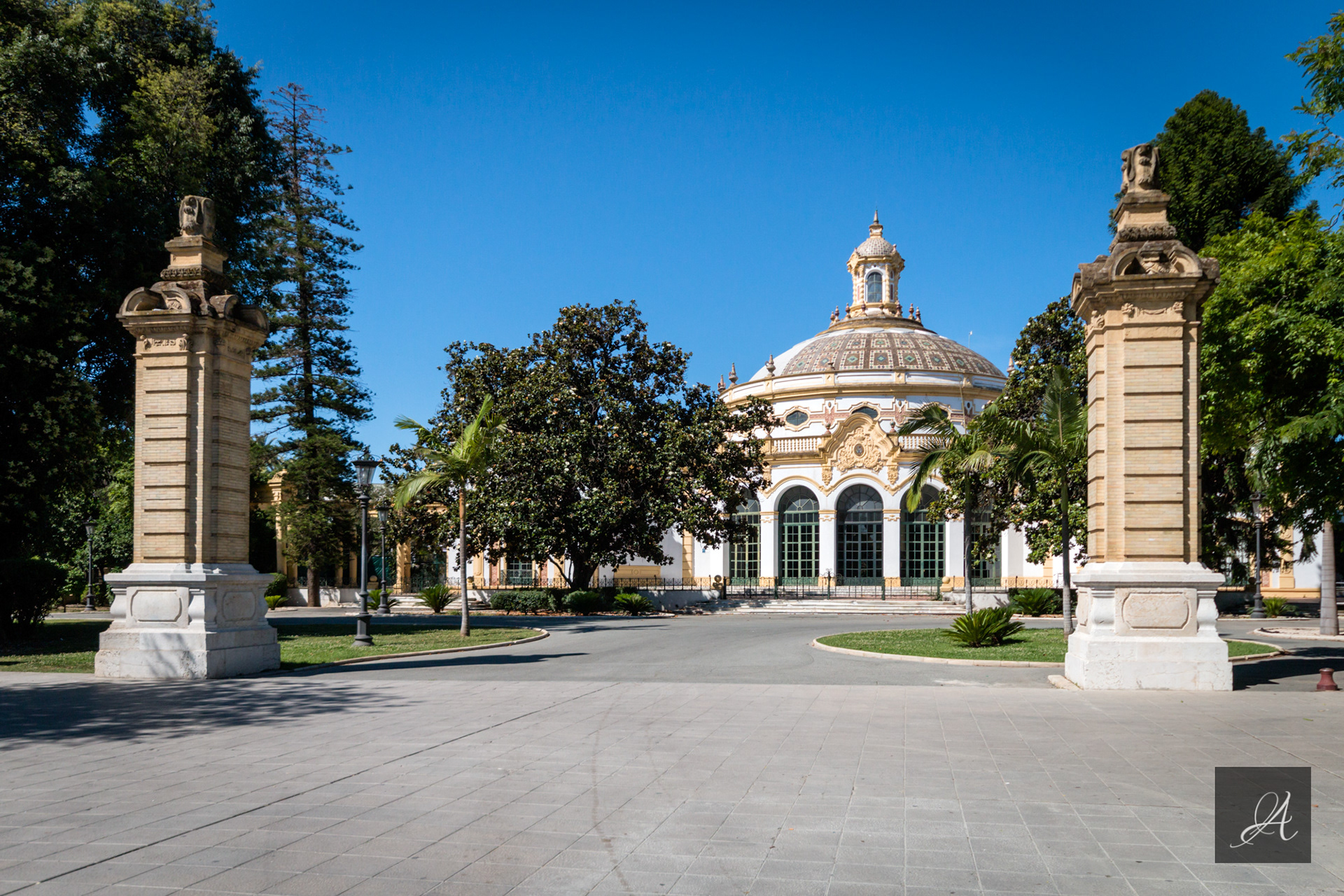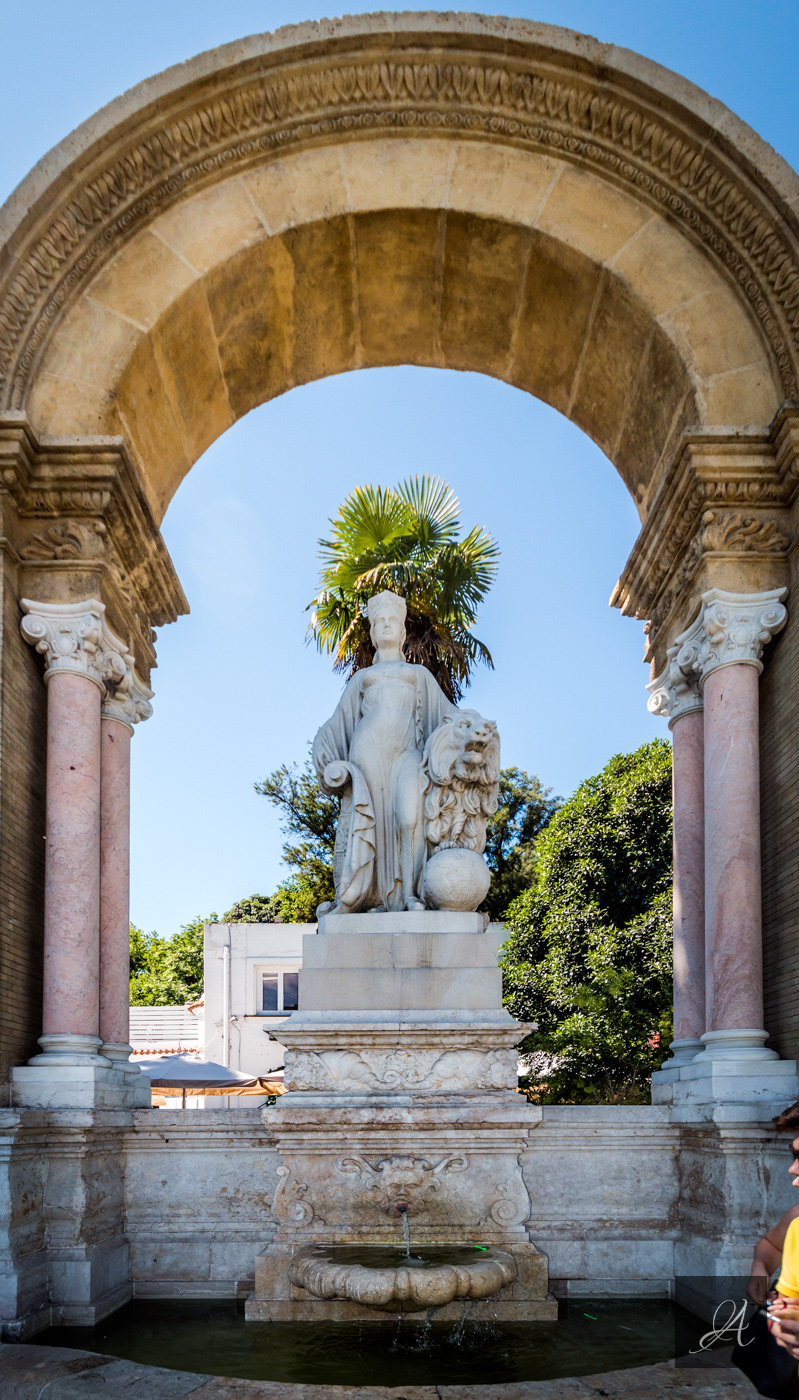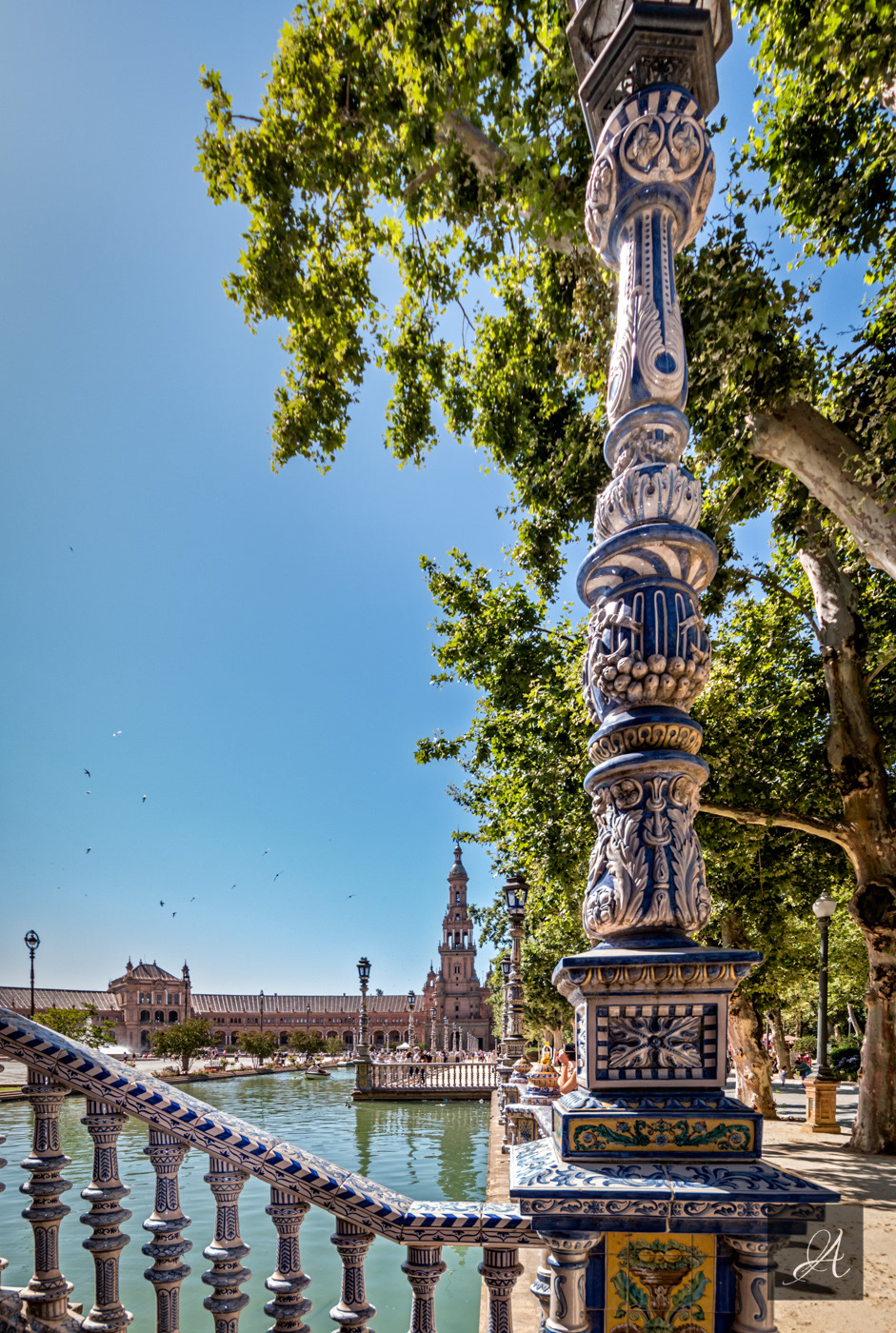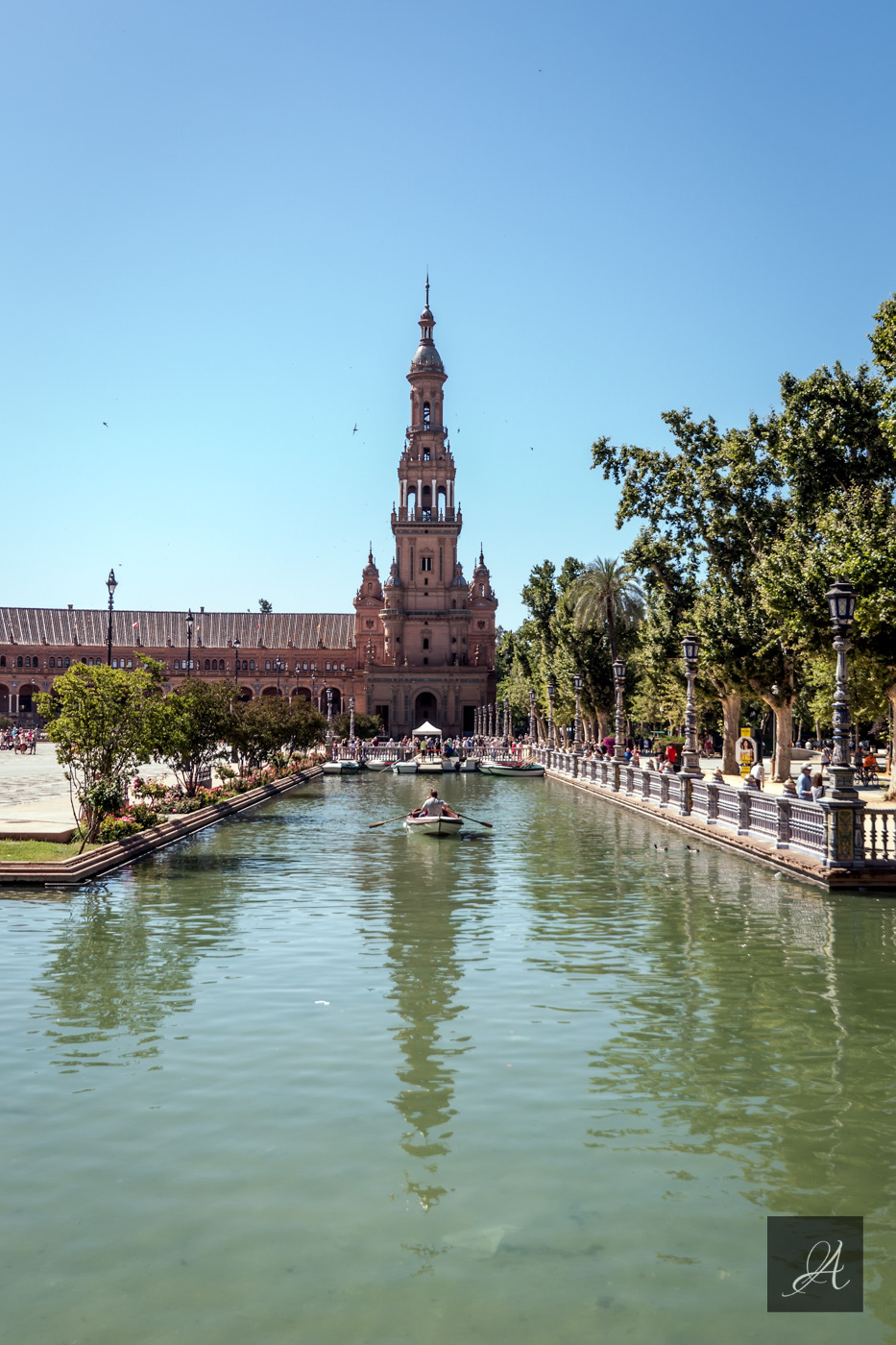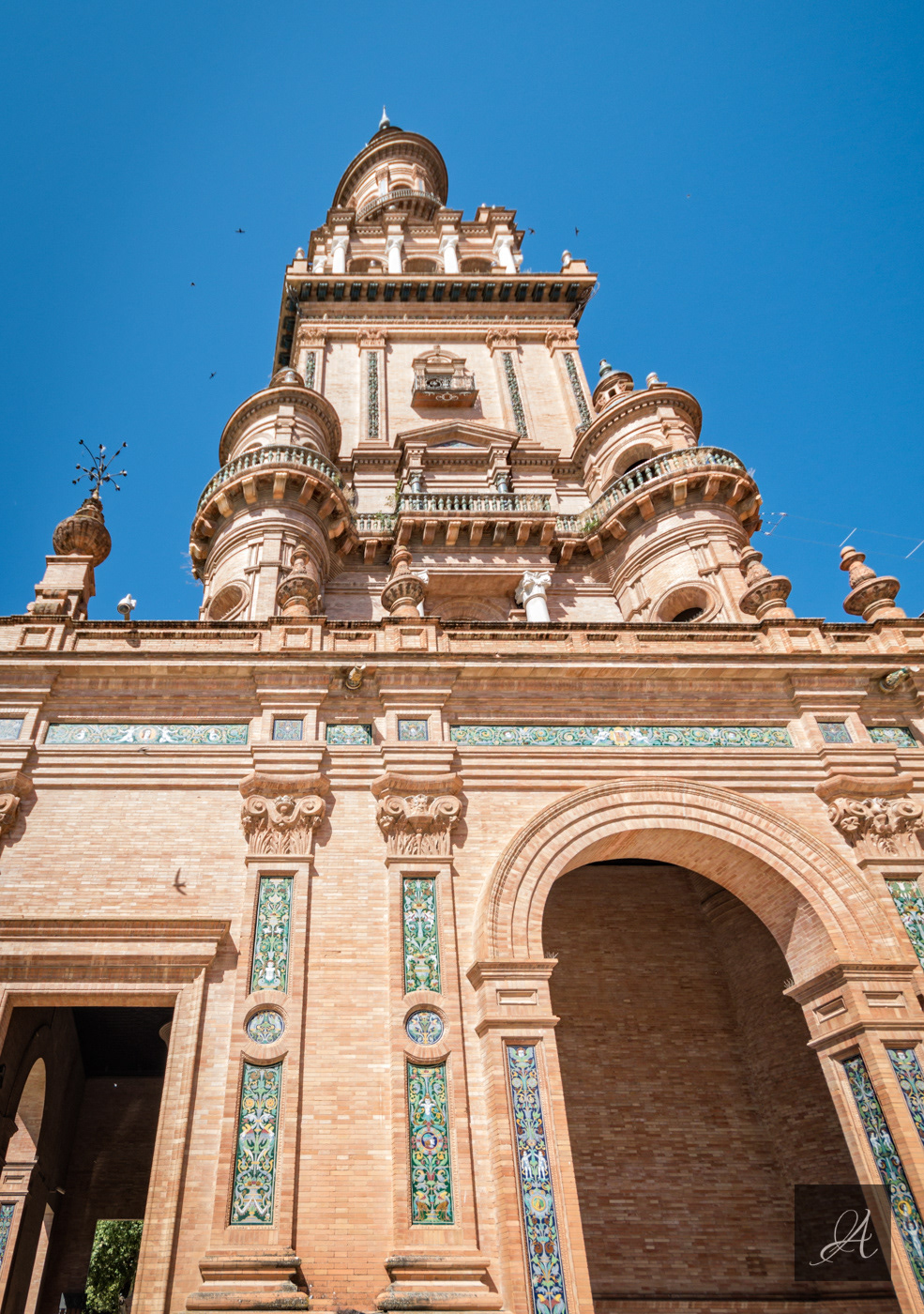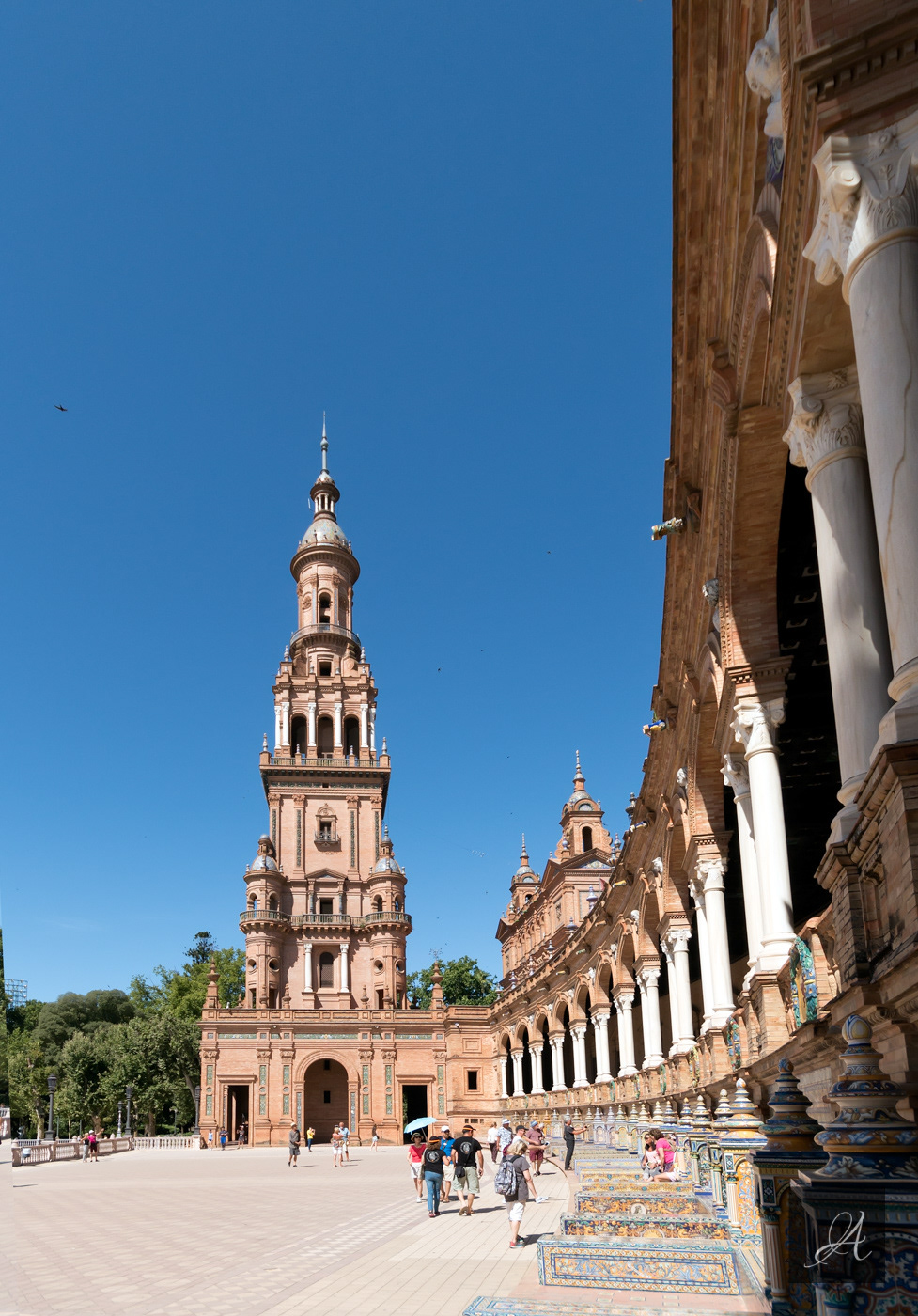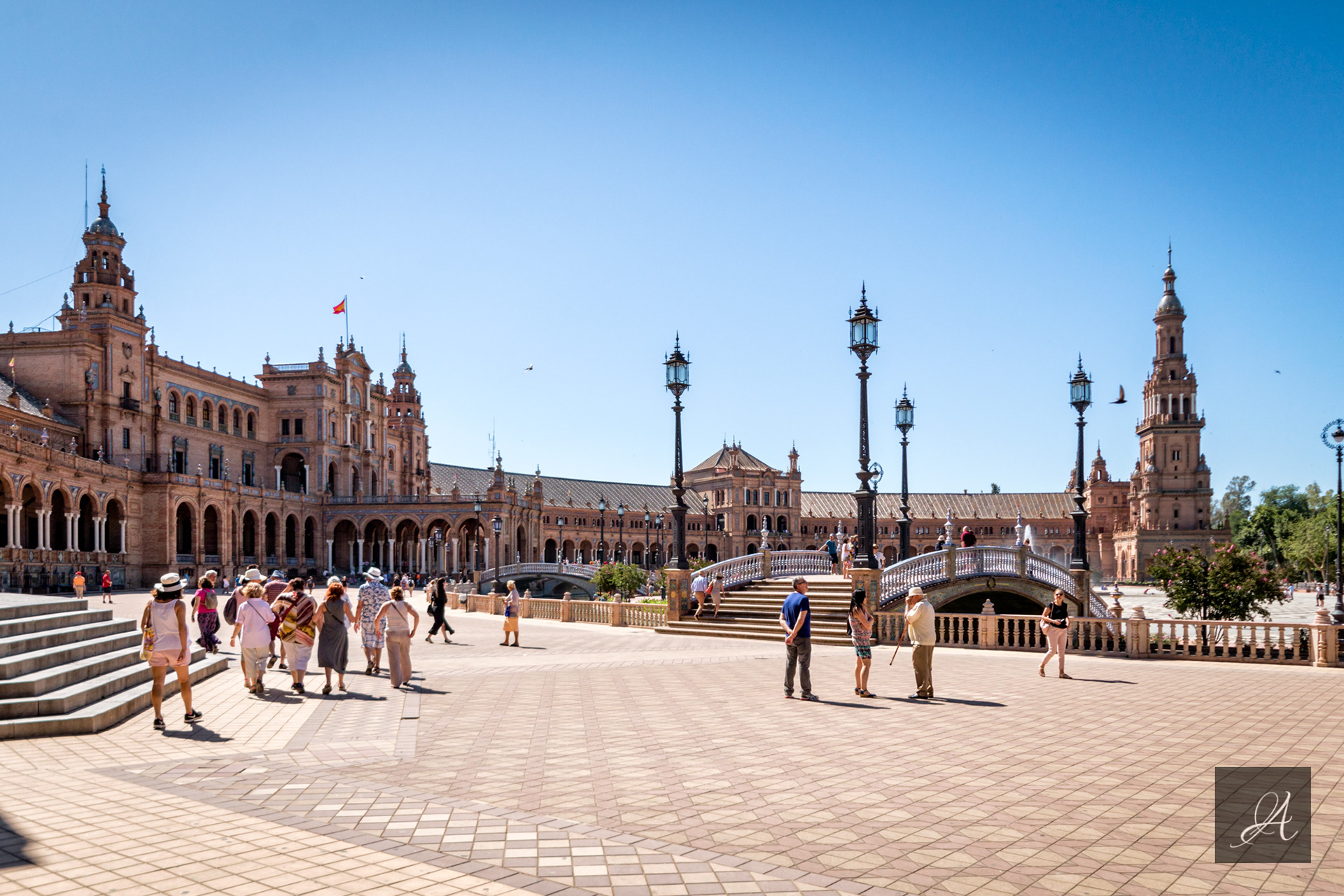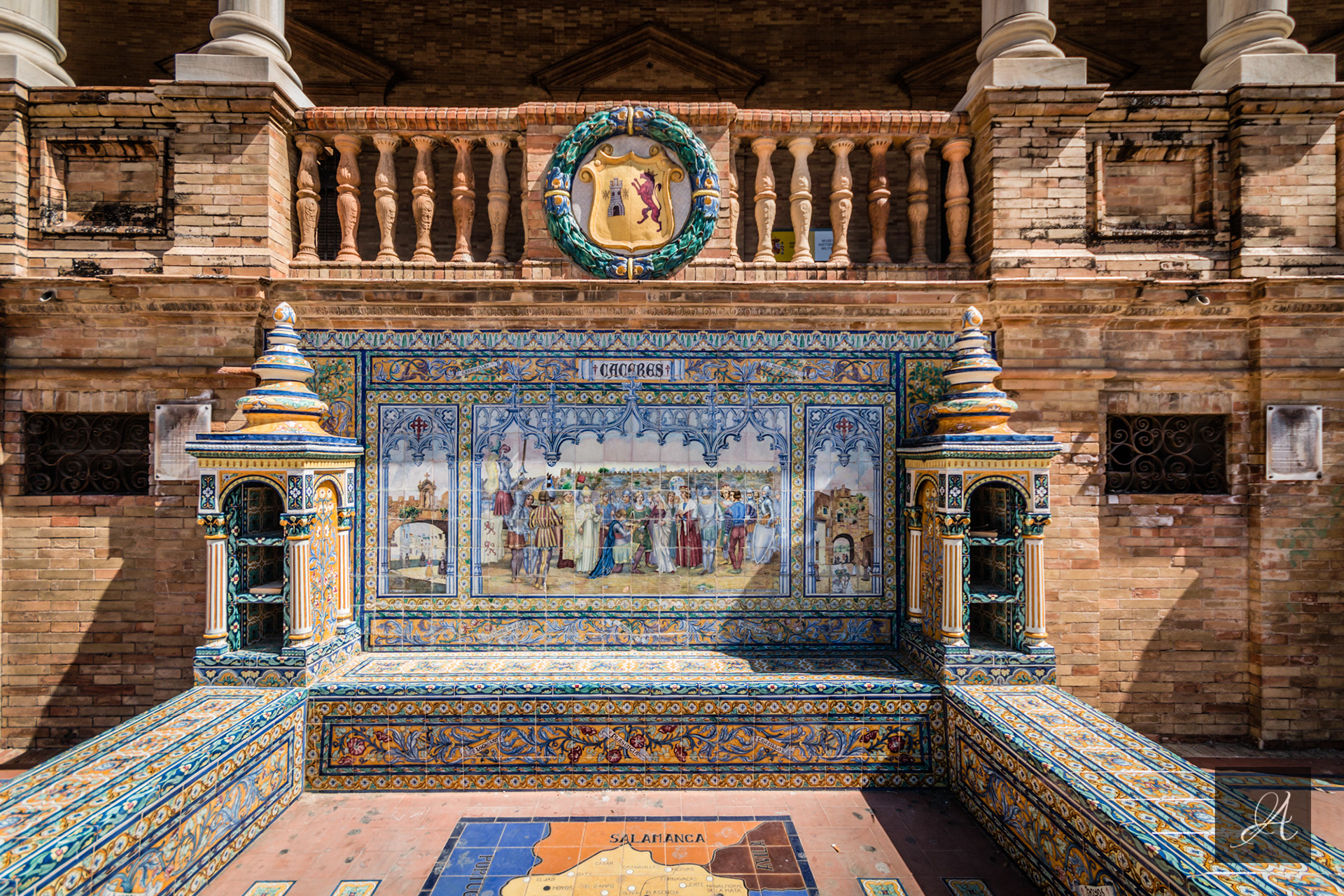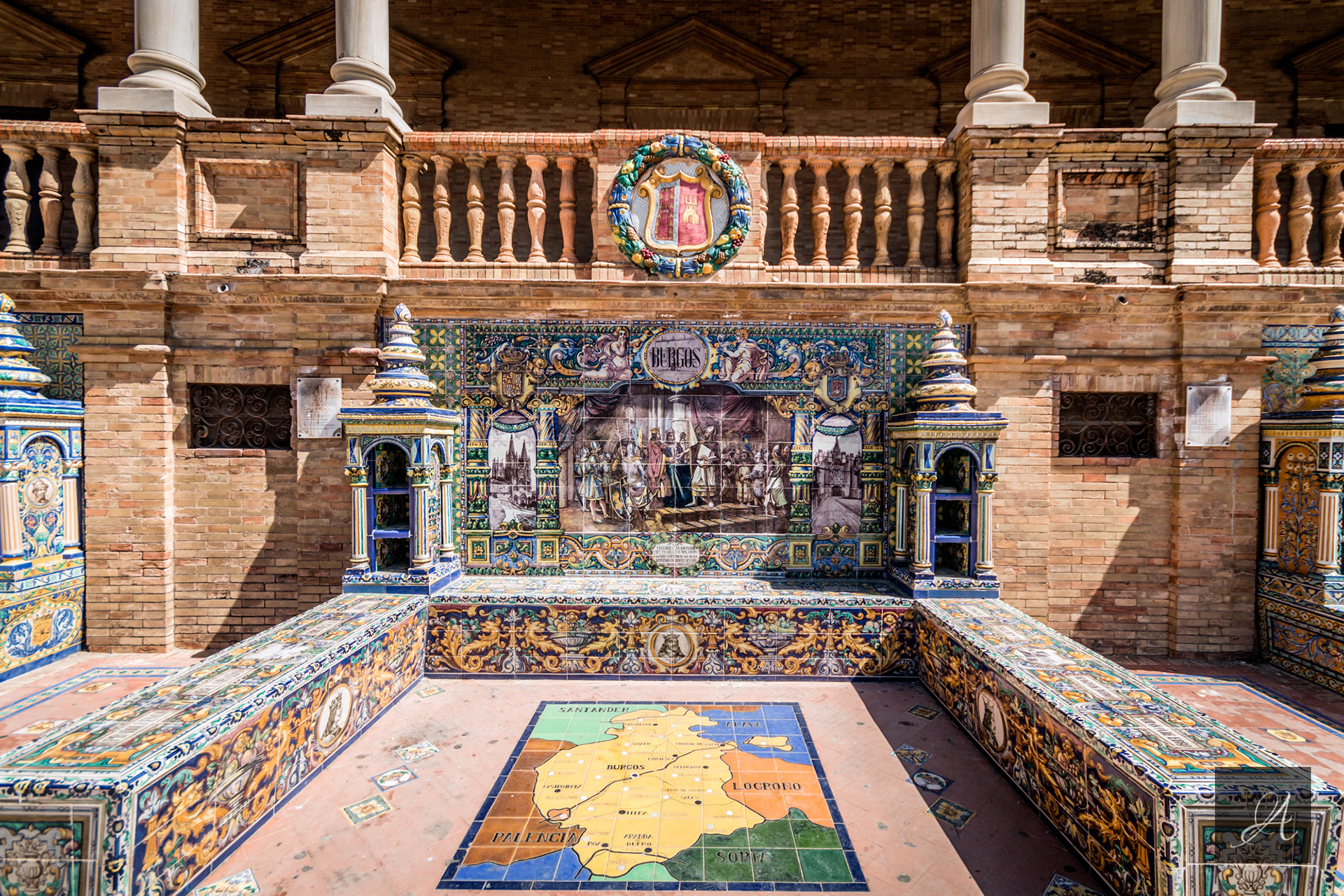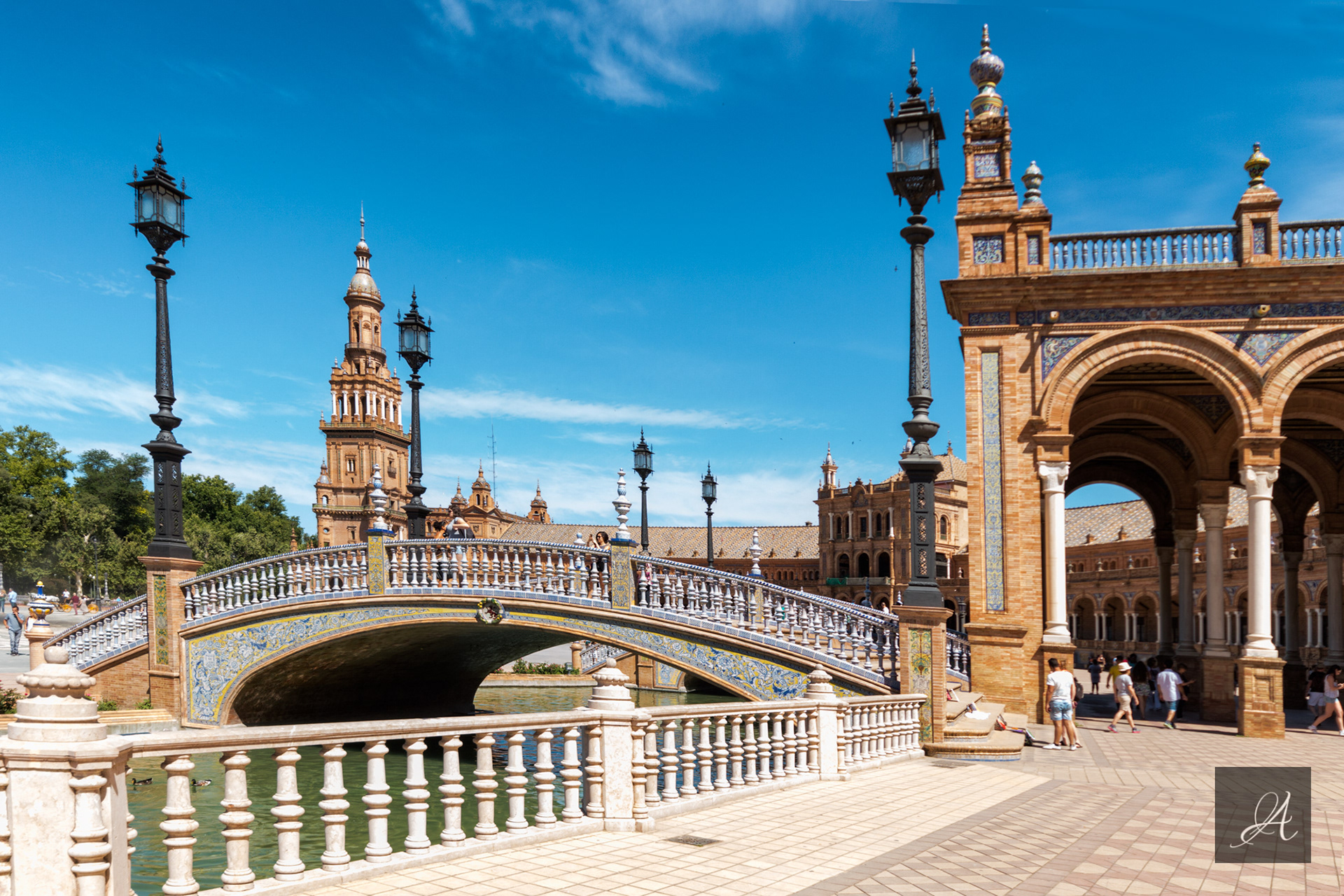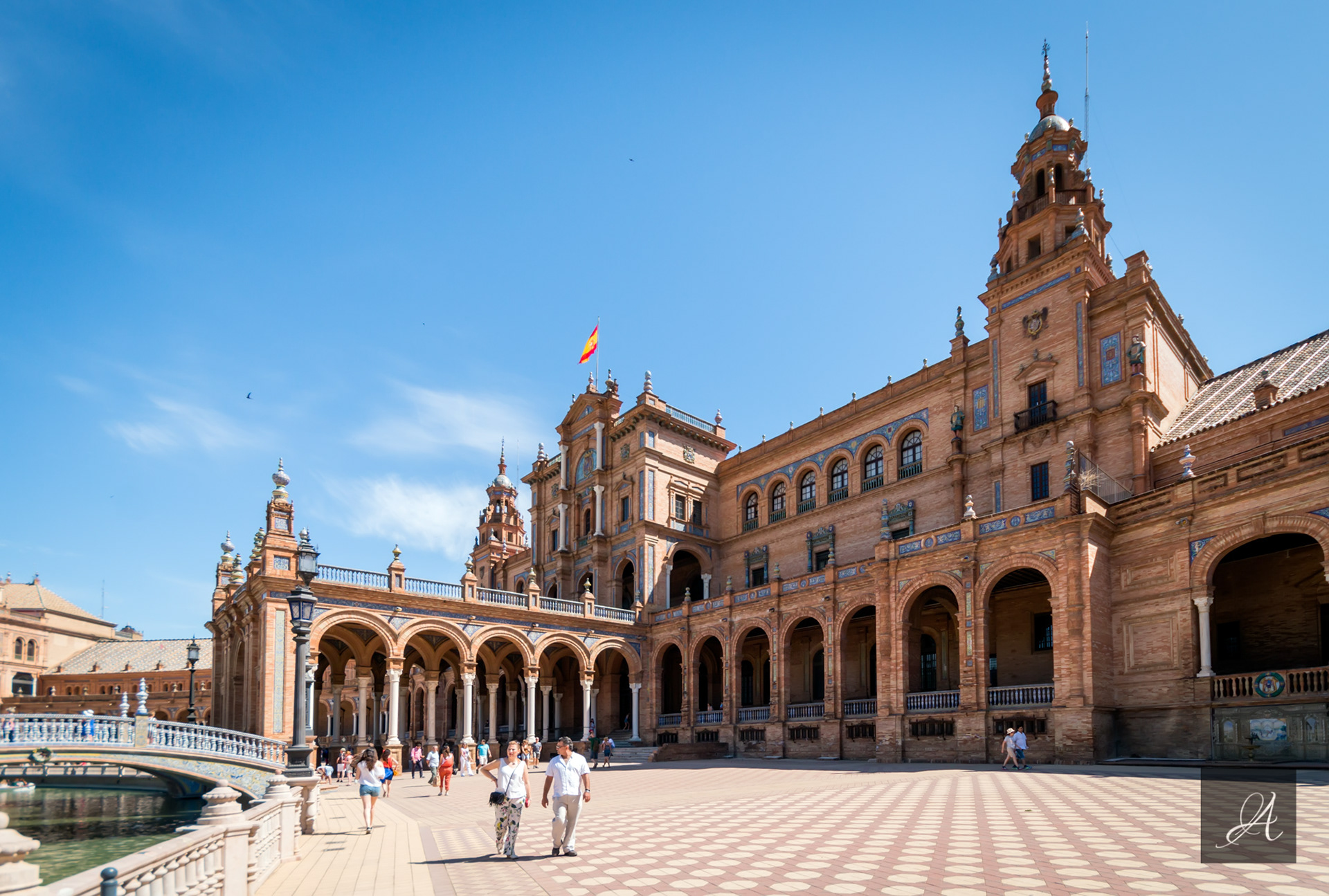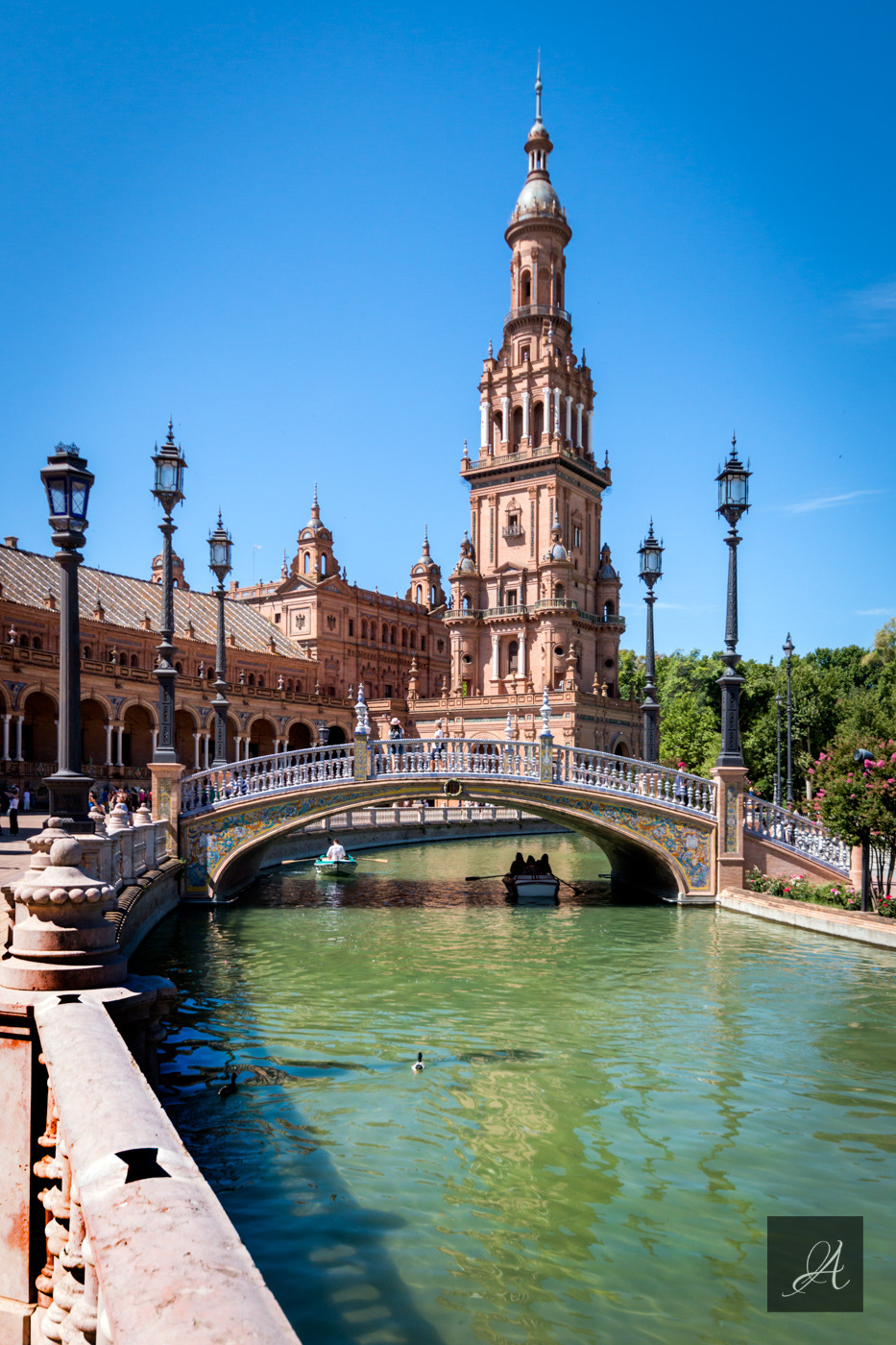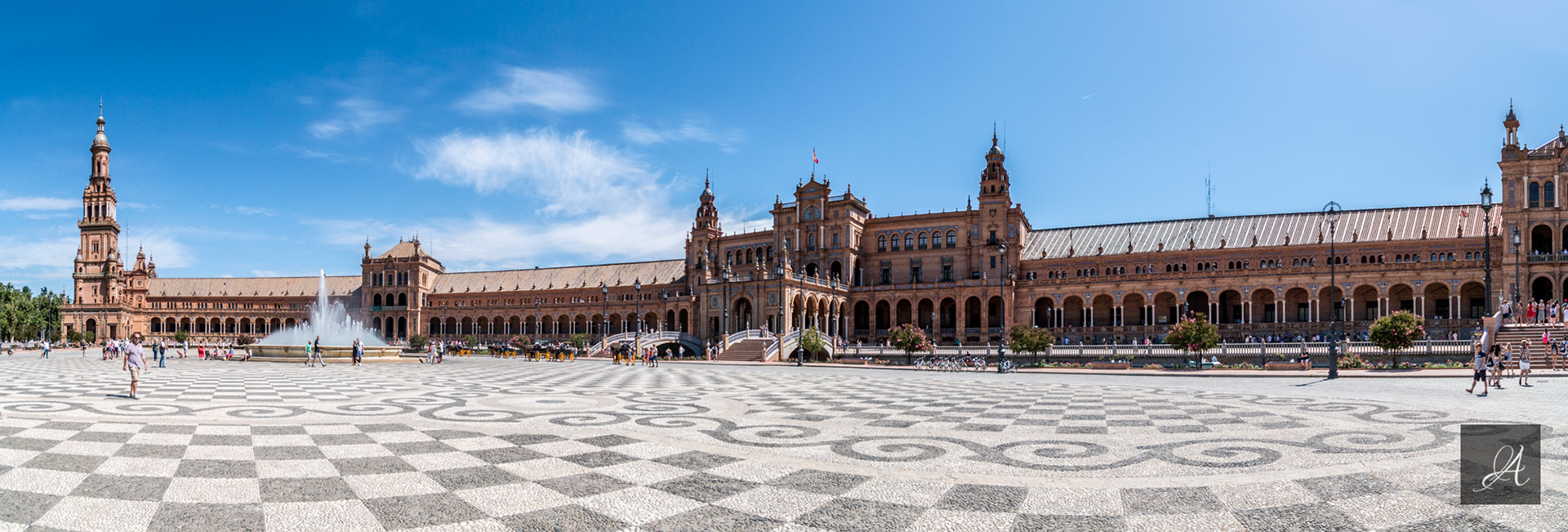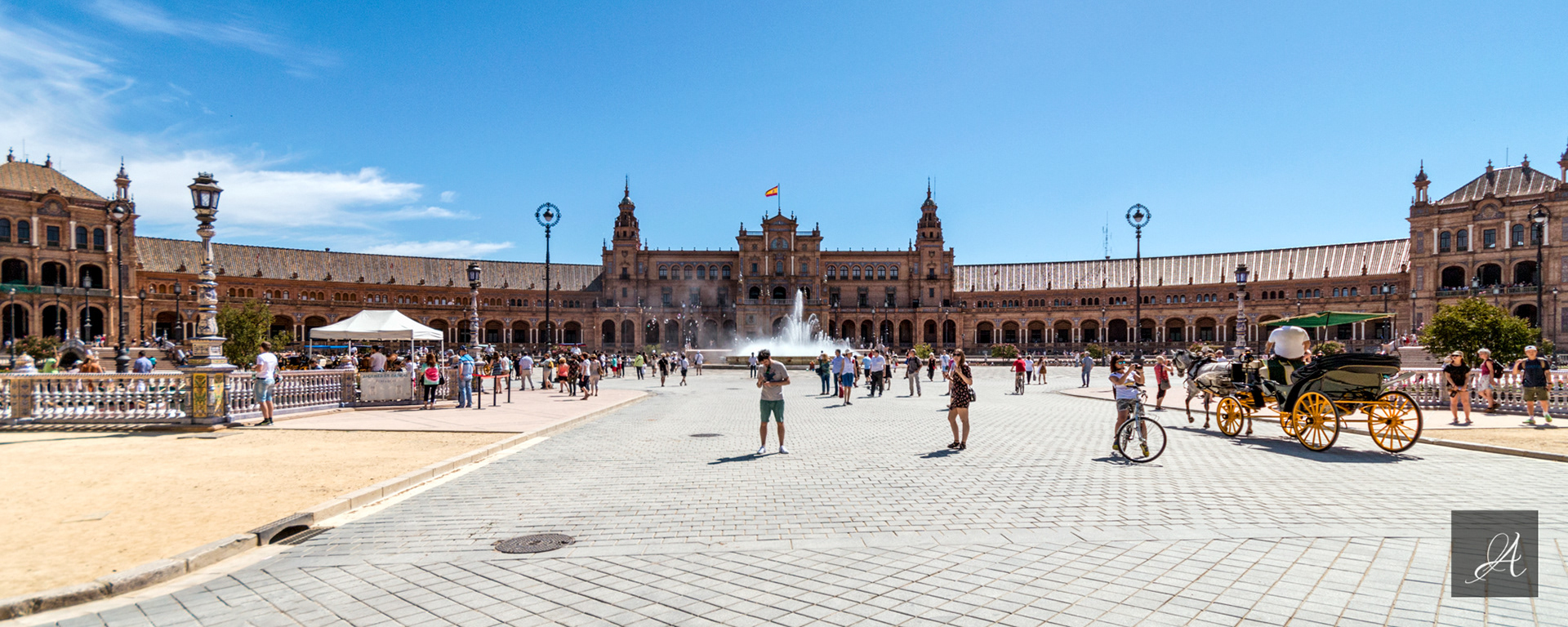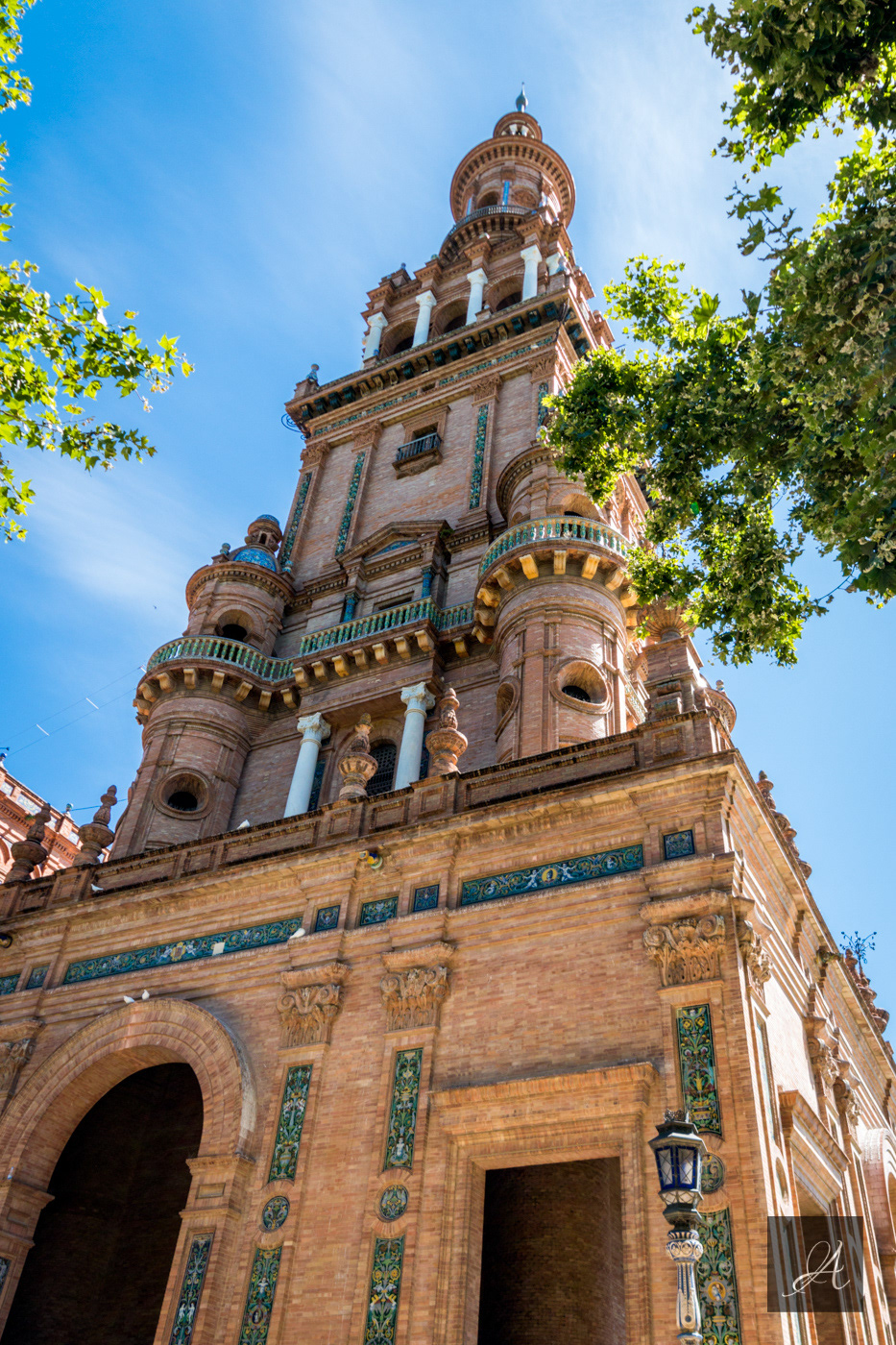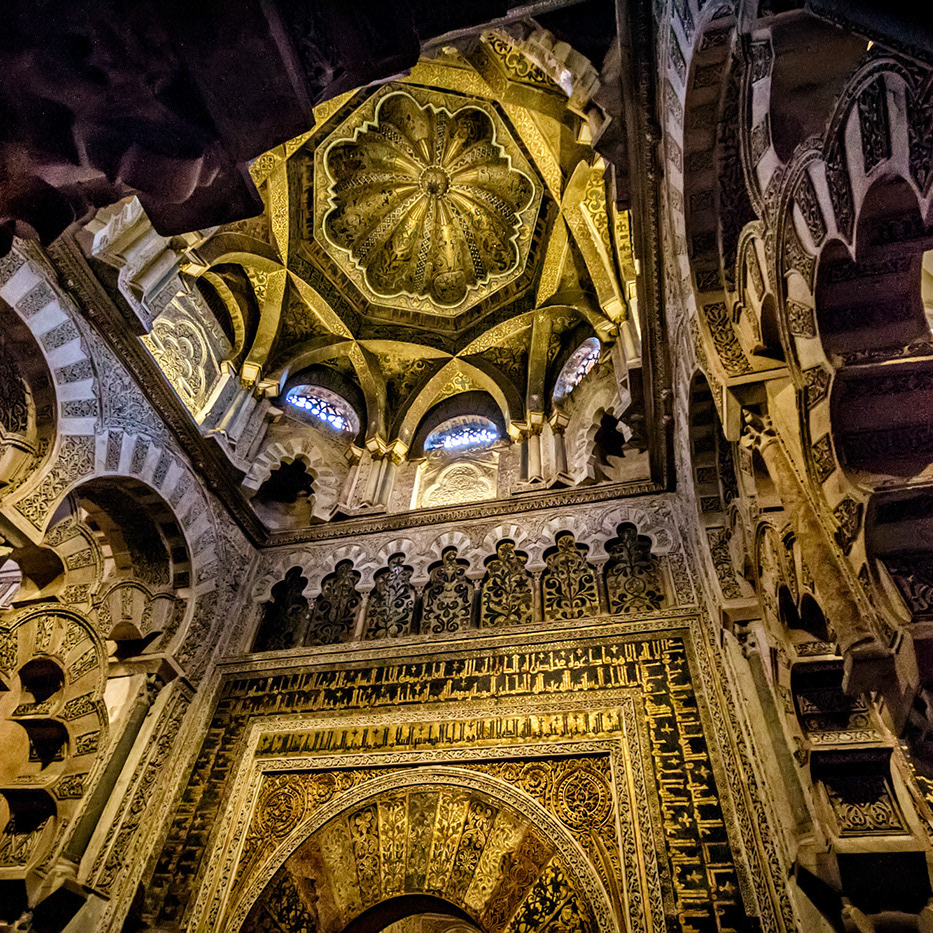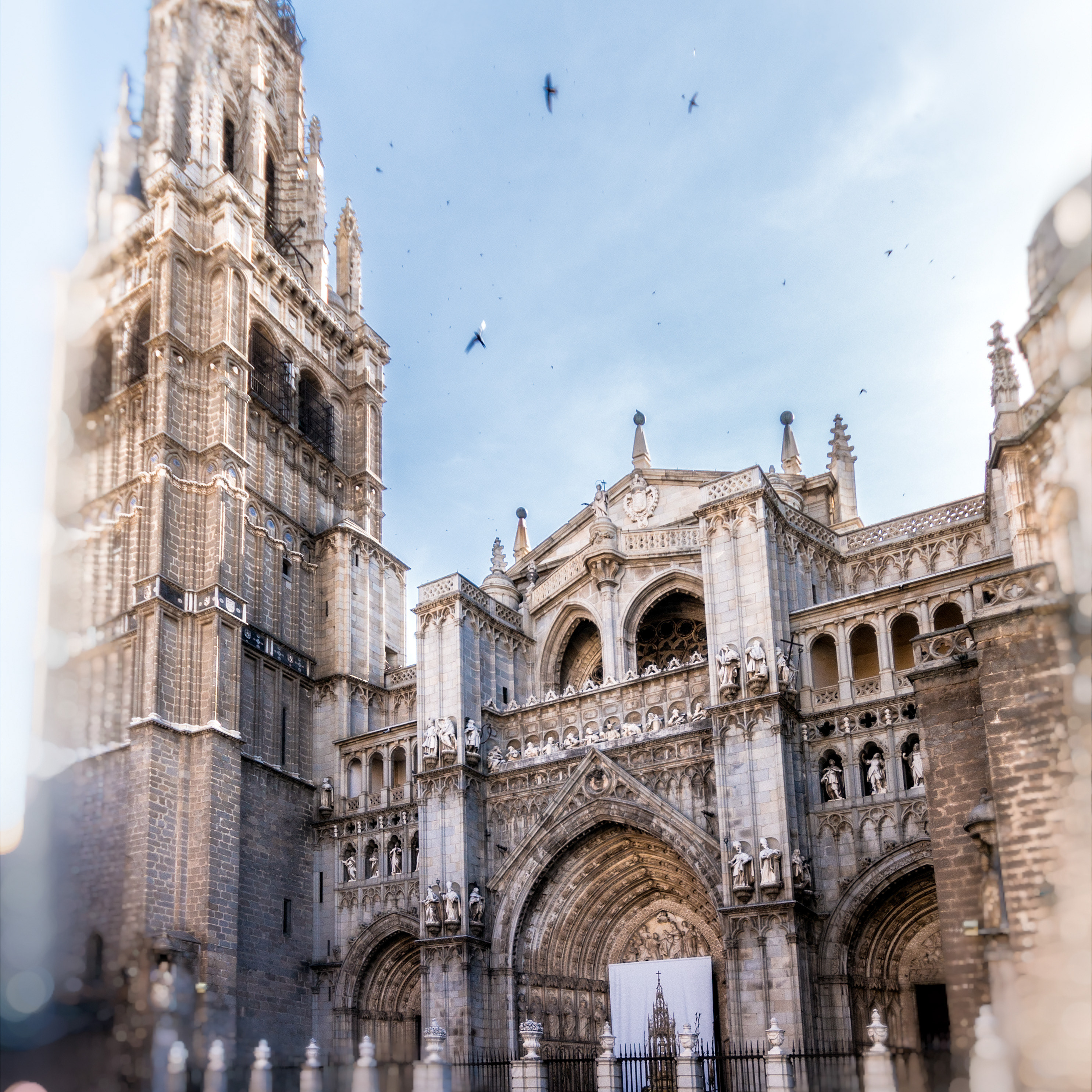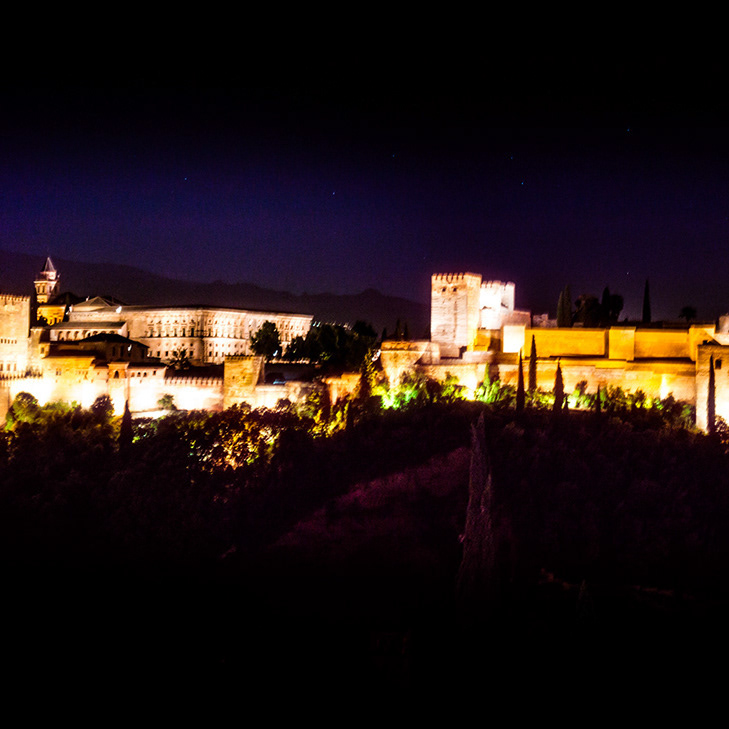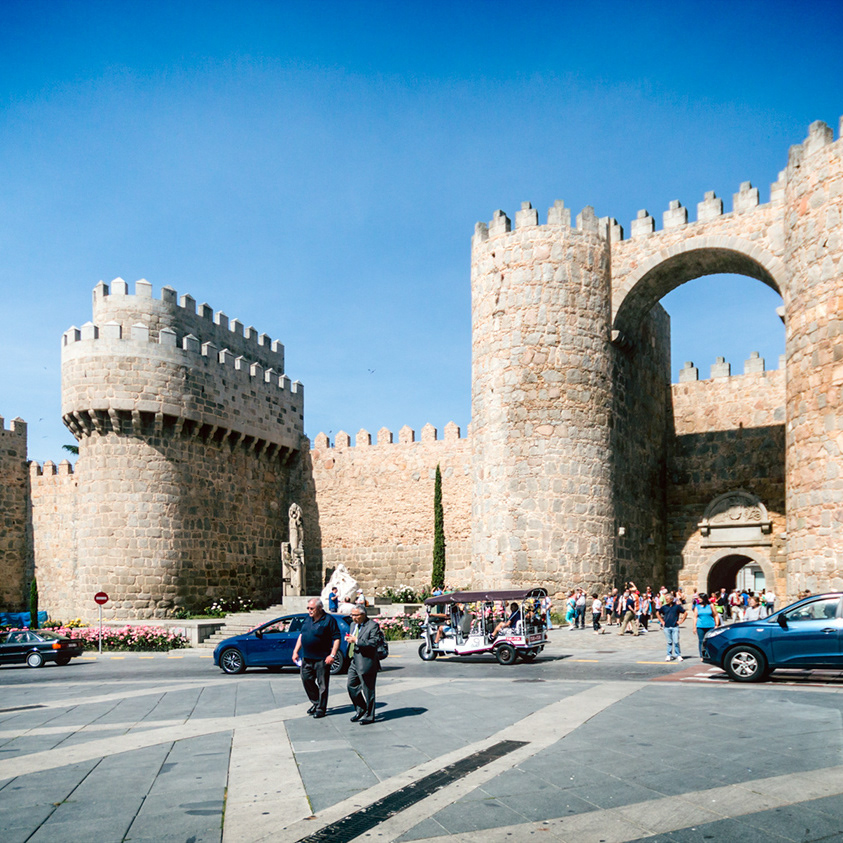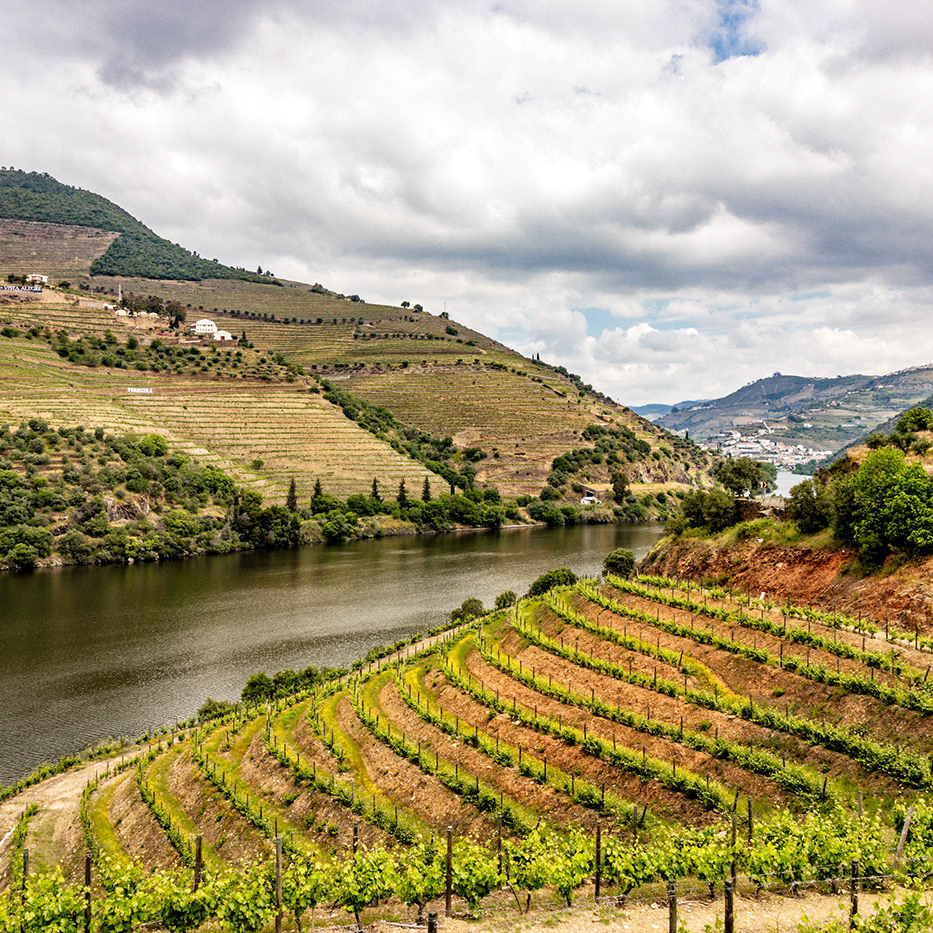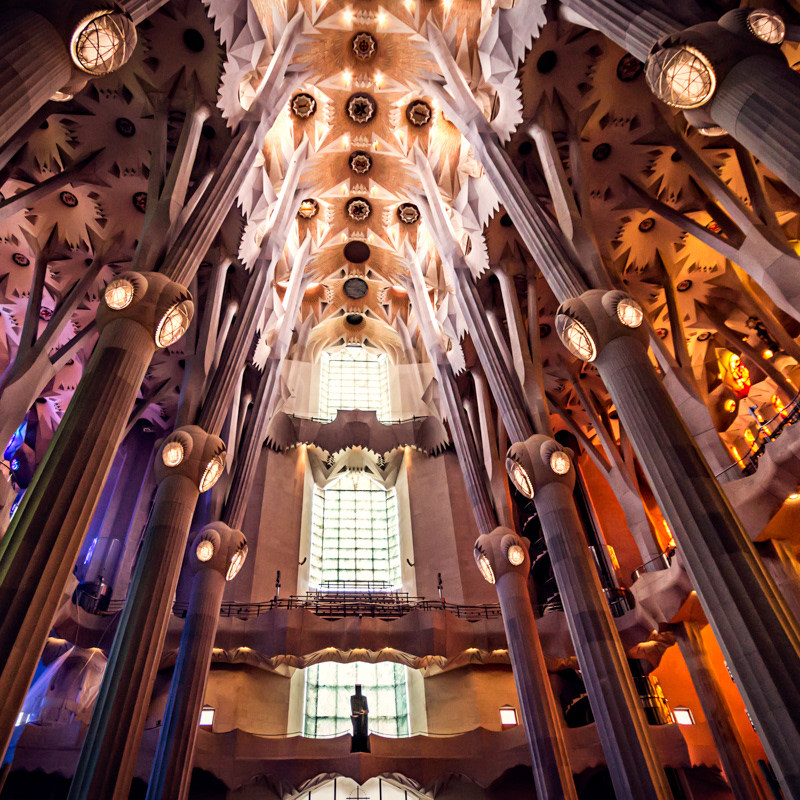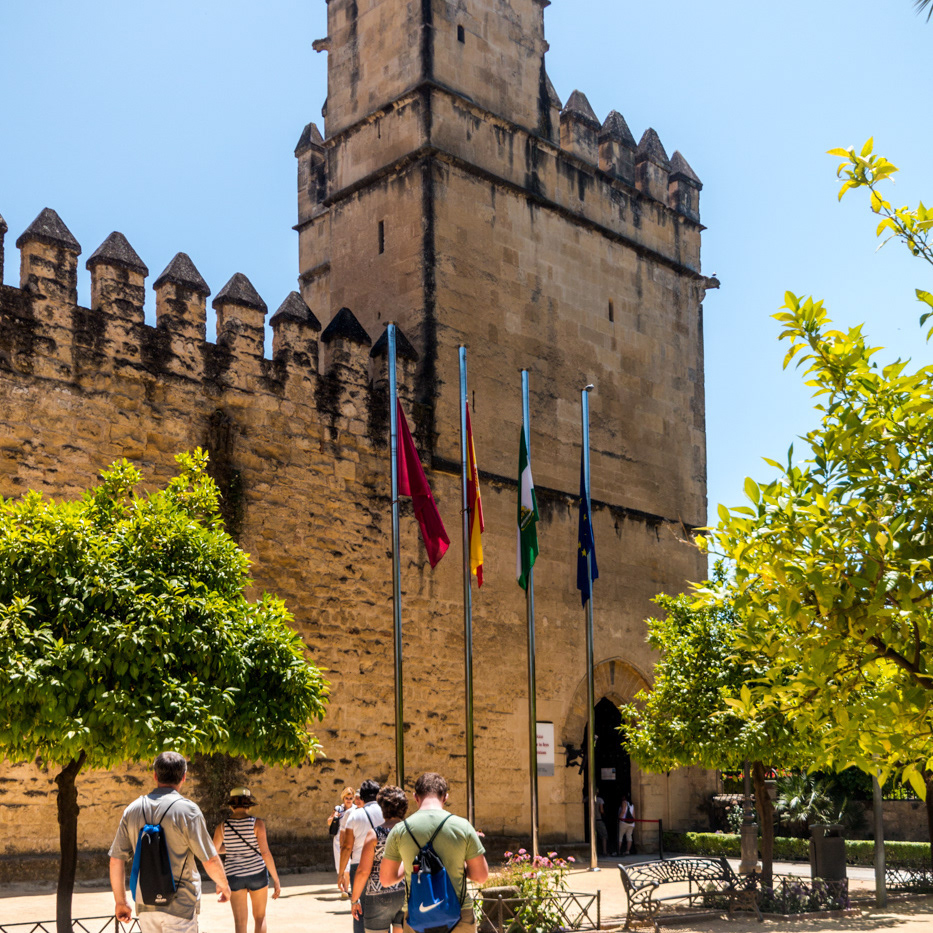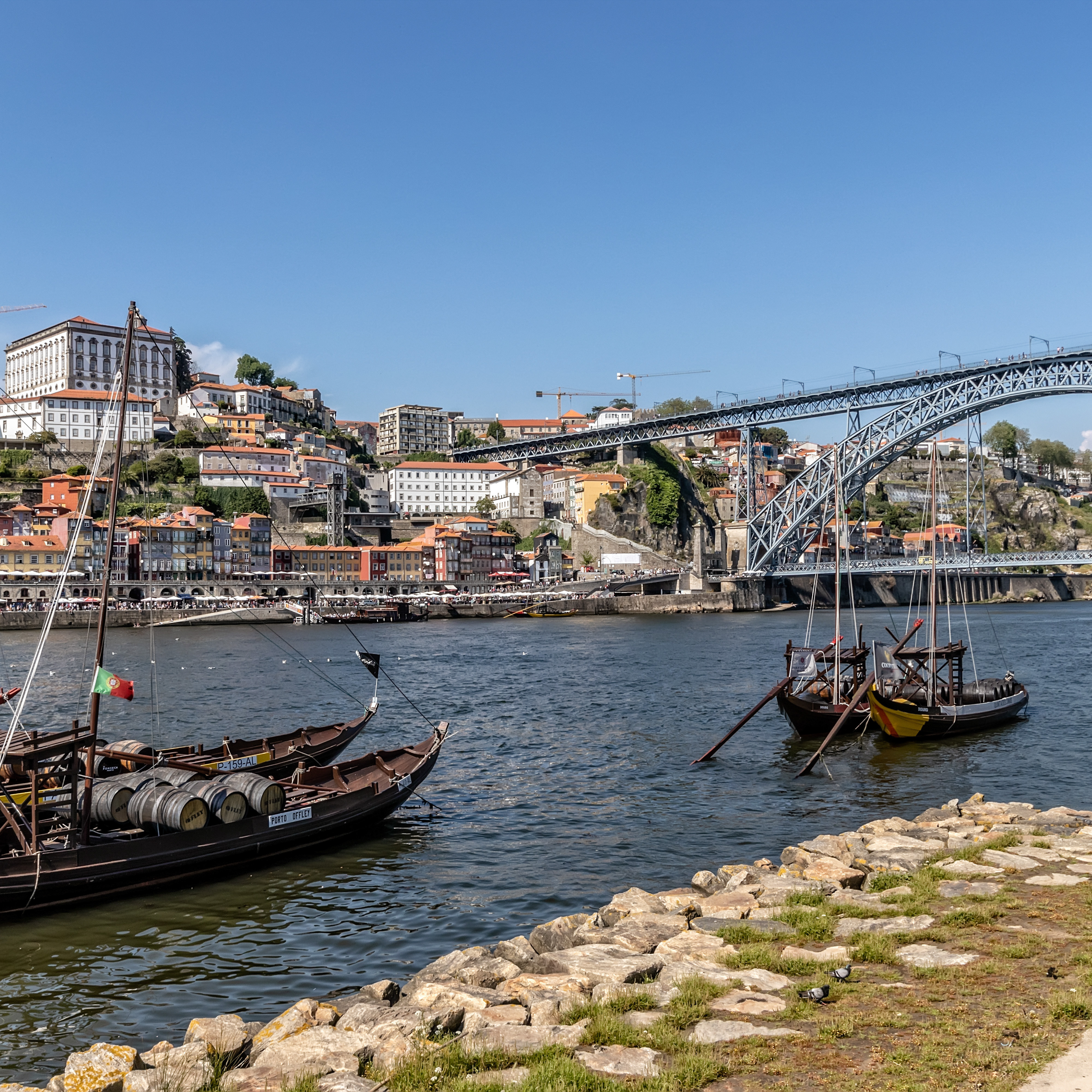Ibero-American Exposition of 1929
The Ibero-American Exposition of 1929 (Spanish: Exposición iberoamericana de 1929) was a world's fair held in Seville, Spain, from 9 May 1929 until 21 June 1930. Countries in attendance of the exposition included: Portugal, the United States, Brazil, Uruguay, Mexico, Peru, Argentina, Chile, the Republic of Colombia, Cuba, Venezuela, the Dominican Republic, Bolivia, Panama, El Salvador, Costa Rica, and Ecuador. Each Spanish region and each of the provinces of Andalusia were also represented. Spain’s Dictator General Miguel Primo de Rivera gave the opening address. Primo de Rivera allowed the Spanish King Alfonso XIII to give the final words and officially open the exposition. The purpose of the exposition was to improve relations between Spain and the countries in attendance, all of which have historical ties with Spain through colonization (parts of Spanish America and the United States) or political union (Portugal and its former colony Brazil). Other countries were represented at the International section in Barcelona.
The exposition was smaller in scale than the International Exposition held in Barcelona during that same year, but it was not lacking in style. The city of Seville had prepared for the Exposition over the course of 19 years. The exhibition buildings were constructed in María Luisa Park along the Guadalquivir River. A majority of the buildings were built to remain permanent after the closing of the exposition. Many of the foreign buildings, including the United States exhibition building, were to be used as consulates after the closing of the exhibits. By the opening of the exposition all of the buildings were complete, although many were no longer new. Not long before the opening of the Exposition, the Spanish government also began a modernization of the city in order to prepare for the expected crowds by erecting new hotels and widening the medieval streets to allow for the movement of automobiles.
From Wikipedia, the free encyclopedia
